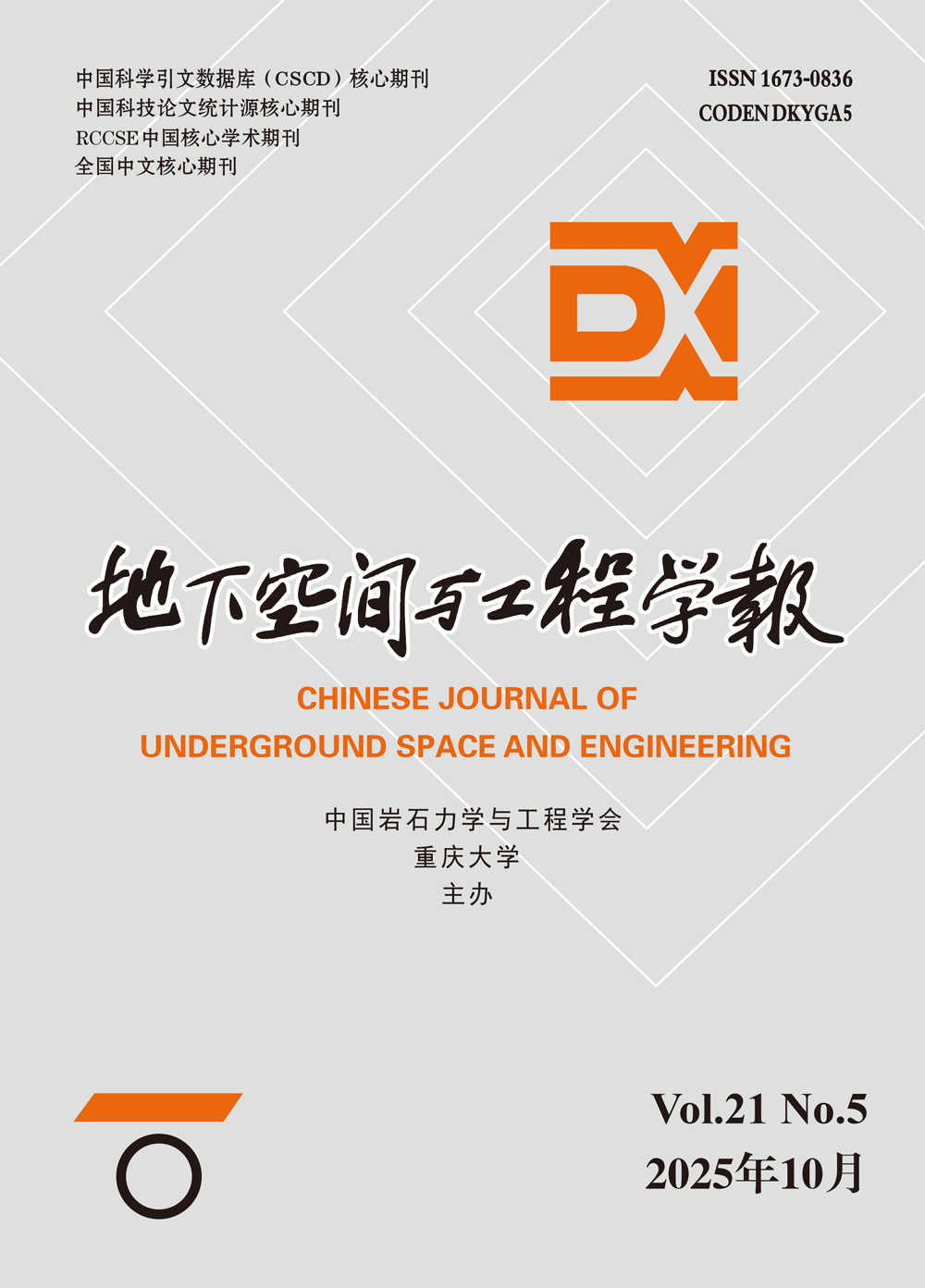Duan Jun, Xie Qiang, Xiang Chengming, Peng Yuan, Fu Xiang
To address the challenges faced by transmission line tower foundation projects in complex mountainous environments, a root pile foundation composed of a short pile and three inclined anchor rods evenly distributed around the pile is proposed, aiming to enhance the uplift resistance of the pile foundation. Through field prototype testing, the vertical displacement of the pile top, anchor rod axial force, failure modes, and load distribution coefficient of the root pile foundation under uplift load were investigated. The results show that: The uplift load-displacement curve of the root pile foundation can be divided into three stages, including initial elastic straight line stage, elastoplastic curve transition stage, and the linear failure stage. In the early loading stage, the load-bearing capacity of the anchor rods is not significantly demonstrated, but as the load increases, the axial force of the anchor rods continues to grow. The ultimate uplift bearing capacity of the root pile foundation increased by 29.41% compared to that of the short pile foundation, indicating that the inclined anchor rods significantly improved the load-bearing capacity of the root pile foundation. Additionally, radial and circumferential cracks formed around the root pile foundation, with the main cracks concentrated in the area where the inclined anchor rods were arranged, presenting a radial distribution. This is because the anchor rods compress the soil and rock mass upwards, causing tensile failure in the upper soil and rock mass, and ultimately leading to the failure of the anchor rod structure due to tensile damage. Analyzing the bearing mechanism of the root pile foundation, the load distribution coefficient between short piles and inclined anchor rods can be used to characterize the bearing characteristics of the root pile foundation, and both components working together to bear the load. During the test, the load distribution coefficient of the inclined anchor rods gradually increased from a low level in the early loading stage to 48%, effectively dispersing and transferring the load. The research findings can provide a theoretical basis for the design and optimization of transmission line tower foundations in complex mountainous environments.
